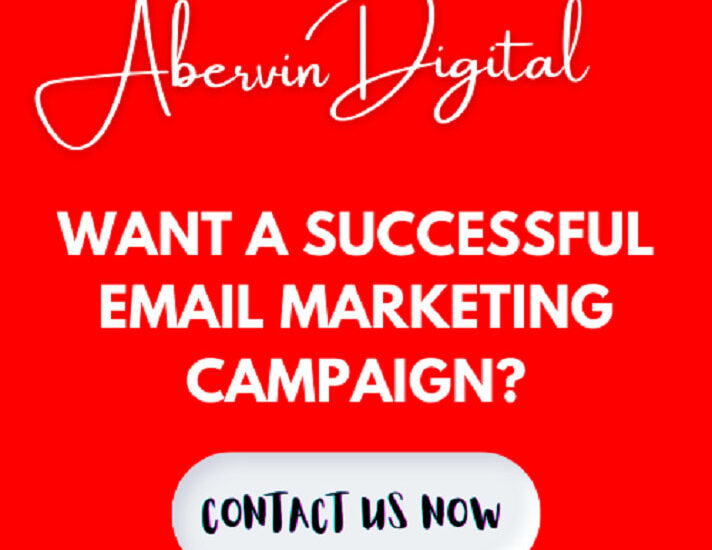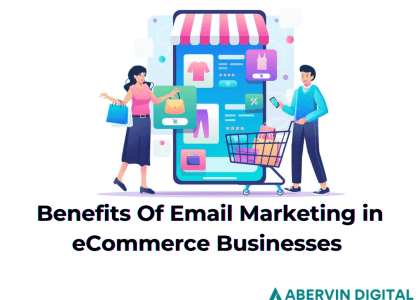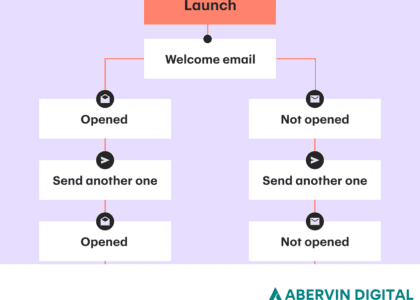As we cruise through 2025, keeping your email list management game strong- not just for growing your brand, but also for keeping things legal and making every email count.
Now, we get it…
Email might feel ancient next to TikTok trends or flashy AI tools. But here’s the wild part: in 2025, email still delivers some of the highest ROI in digital marketing.
We’re not talking small wins either. On average, email brings in $36 for every $1 spent. That’s not vanity metrics. That’s straight-up revenue. No algorithm gatekeeping. No social media volatility. Just direct access to your audience.
But here’s the catch: email only works when your list is healthy. Otherwise, you’re basically whispering into a void or worse, getting flagged as spam.
That’s why email list management is a non-negotiable.
So, what makes a list healthy? That’s what we’re diving into here: 4 no-BS tips to help you manage your list like a pro and finally start getting real results in 2025.
Tip 1: Email List Management Starts With a Clean, Permission-Based List (Not a Dumpster Fire of Emails)
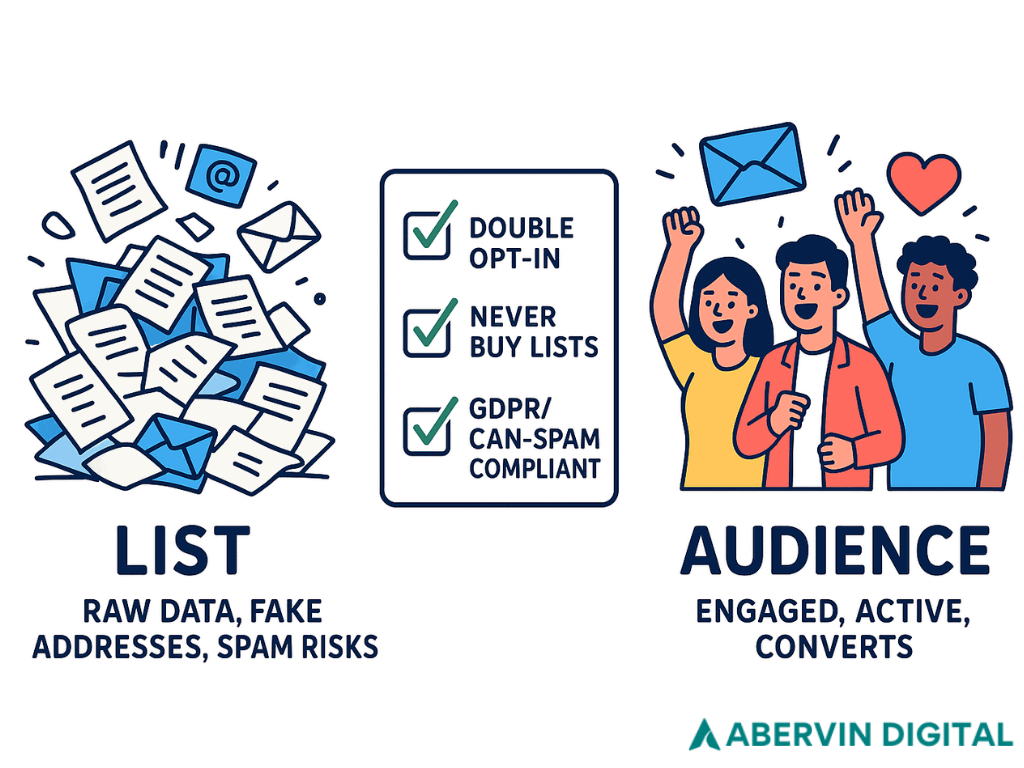
First things first, let’s talk about the difference between a list and an audience.
A lot of folks think email marketing is about collecting a mountain of addresses. But let’s be clear: a list is just raw data. An audience, on the other hand, is a group of people who actually want to hear from you. They open, click, and convert.
Think of it this way: You’re a musician and a list is a room full of people. An audience is a crowd that knows your lyrics and screams them back. That transformation only happens with good email list management and yes, email list hygiene tips are a real thing. Bad list hygiene leads to:
- Emails hitting the spam folder
- A tanked sender reputation
- Lower conversions
- And trust in your brand circling the drain
To avoid that spiral, it starts with how you build your list.
Use Double Opt-In
If someone types in their email and boom, they’re on your list… this is called a single opt-in and while this may feel easier, it invites in fake addresses, typos, and accidental signups. Double opt-in (where users confirm their email before joining your list) means fewer subscribers but way more qualified ones.
Never Buy Lists
Please. Just. Don’t.
We’ve seen clients buy email lists, then wonder why they’re banned from platforms or have deliverability issues. The answer? Your list is junk.
Instead, offer lead magnets like free value-packed goodies that people in your niche actually want. Think:
- Discounts or quizzes for eCommerce
- Checklists or mini-courses for coaches
- ROI calculators for service-based businesses
If you want to dive deeper into why building an email list is the ultimate brand investment, check out this guide on How to Build an Email List Like a Pro and Grow Your Subscribers.
But remember, even the best lead magnet won’t help if no one sees it. Don’t just hide your signup form in the footer—use smart placements like exit popups, blog CTAs, or sticky bars to make your opt-in impossible to miss at just the right moment.
Make Sure You’re Compliant
With a valuable well-placed lead magnet, you’re now collecting emails – and doing so ethically, but there’s one more thing you absolutely cannot ignore. Yes, privacy laws are annoying but ignoring them will cost you.
- In the EU (GDPR), you need clear consent
- In the U.S. (CAN-SPAM), you must have an unsubscribe link and address
- Canada’s CASL? Even stricter
Moral of the story: always ask permission. Always.
So in the end the idea is in 2025, to grow you must build a list that’s both permission-based and compliant because this actually works long-term. If you’re in real estate, here’s what that looks like for real estate email marketing in 2025.
That said, let’s get into Tip 2 – Segmentation.
Tip 2: Segment Like Your ROI Depends On It – Because It Does
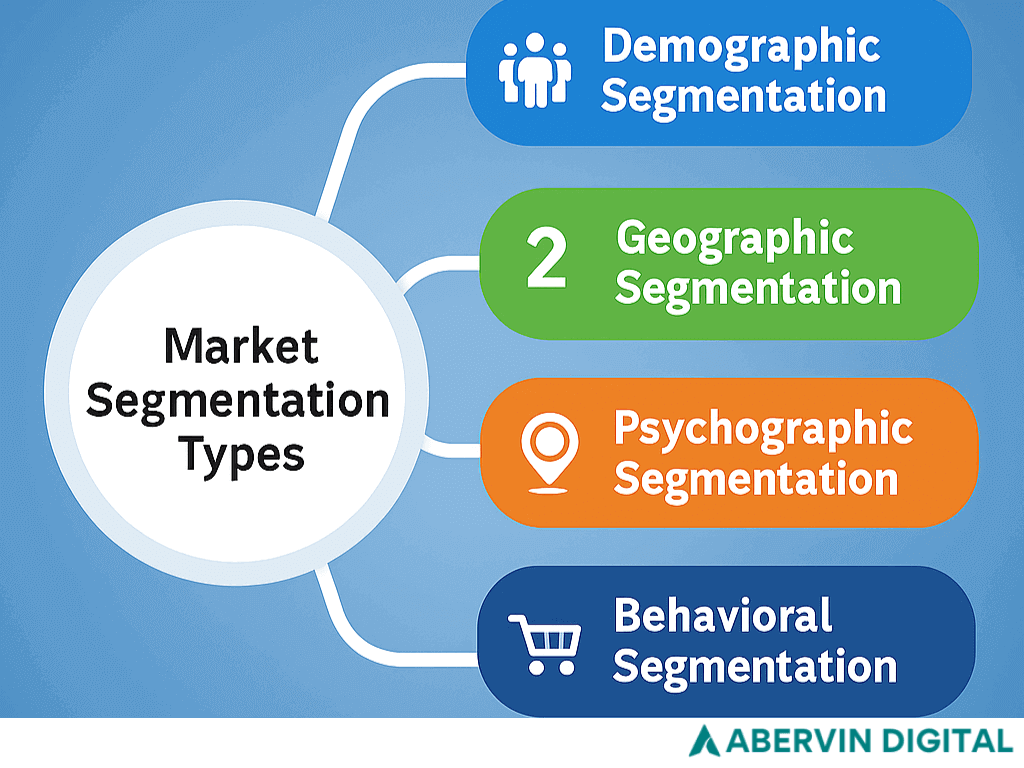
When it comes to email list management, segmentation is the power move that turns good marketing into great results. And yep, your ROI absolutely depends on it.
Think about it: It feels amazing to be recognized. You’re way more likely to go back to a business that remembers your name, your usual order, or the fact that you hate a certain product. That personal touch builds loyalty.
In email marketing, segmentation lets you scale that one-on-one feeling without losing your mind (or your audience).
Instead of blasting a bland, one-size-fits-all message to your whole list, smart marketers break things down. They create targeted groups based on things like behavior, interests, or activity level. Why? Because people pay attention when a message feels like it was made just for them. It’s not a trick… it’s psychology.
Let’s break down the segmentation strategies that make your email list management efforts actually work::
1. Demographic Segmentation
Start with the basics: age, gender, income, job title, and location. If you’re selling luxury watches, don’t waste energy emailing broke college freshmen. That’s just facts. But be warned, demographic data alone isn’t enough. Just because two people are 25 and make six figures doesn’t mean they want the same things.
That’s why we go deeper. Enter behavioral segmentation.
2. Behavioral Segmentation (what they actually do)
This one’s all about action. What are they clicking? What are they buying? How long are they staying on your site? If someone always buys eco-friendly products, send them updates on your latest sustainable line. Don’t send your vegan friend ads for BBQ ribs.
Obvious? Maybe. Effective? Always.
3. Engagement Segmentation (how into you they really are)
Some people open every email. Others ghost you for months. You wouldn’t treat your BFF and your high school ex the same, right? Same rule applies here.
With engagement segmentation, you reward the loyal ones with VIP offers and early access. Meanwhile, you target the quiet subscribers with re-engagement emails designed to win them back. It’s all about meeting people where they are.
4. Static vs. Dynamic Segments (one-time vs. live updating)
Static segments = fixed lists based on a moment in time (like people who bought during your Black Friday sale). They stay the same unless you manually update them.
Dynamic segments = living, breathing groups that change based on real-time data. Say you’ve got a segment of customers who purchased in the last 30 days, as new purchases roll in, the list updates automatically. It’s segmentation that keeps up with your audience.
🔑 These strategies are a big part of proper email list cleaning. They help weed out dead weight and keep your content hyper-relevant – which is also key if you’re working to fix your email bounce rate in 2025.
If you’re serious about growth, smart segmentation is non-negotiable. It fuels better engagement, fewer unsubscribes, and higher conversion rates. Plus, it’s one of the most effective email list hygiene tips out there.
Now that you’ve grouped your audience by how they think, act, and connect with your brand, it’s time to send emails that feel custom-made. That’s where automation steps in.
Up Next – Tip 3: Automate Your Email Marketing Efforts
Tip 3: Automate Your Email List Management Like a Pro
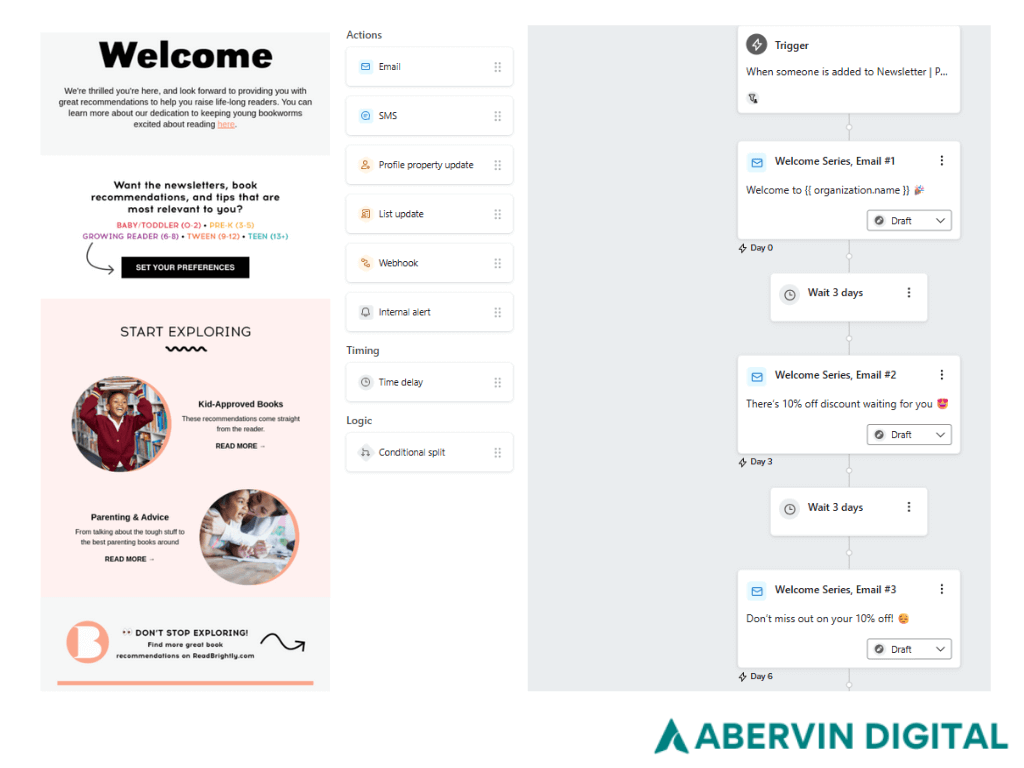
Email list management isn’t just about who’s on your list but about what you do with it. One of the smartest moves you can make is automating your email marketing efforts.
Now, automation sometimes gets a bad rap. People imagine bland, robotic emails like “Hi {FirstName}” clogging up inboxes. But when done right, it’s not robotic but powerful. Think of it as your silent, always-on assistant keeping your brand top of mind, without lifting a finger every time.
So, how do you make automation feel human, not hollow? Let’s walk through it.
It Starts With the First Hello: Welcome Series That Actually Welcome
The first touchpoint in email list management is a welcome email. Or better yet, a welcome series.
When someone joins your list, you’ve got a golden moment to make a real impression. Skip the generic “Thanks for signing up!” Instead, start with a real “Thank you” for subscribing and for trusting you with their inbox.
Then deliver 3–5 emails over the next few days that tell your story, share your best content or products, and build trust. Think of it like showing a friend around your house, not pitching a sale at the door. This isn’t just onboarding…it’s relationship-building..
From Welcome to What’s Next: Using Automation to Guide the Journey
Once they’re in, guide them through a journey. Use automated flows triggered by behavior like abandoned cart reminders, product education, upsells, or just a simple “Hey, we noticed you loved this.”
Let’s say someone adds something to their cart and bounces. Don’t just hit them with a “You forgot something!” Follow up with why that item matters. Maybe throw in a glowing review or a similar product they browsed.
Here’s where things get fun: if your platform supports dynamic content, you can tailor messages to show Product A to one person and Product B to another… based on what they clicked, browsed, or bought before. It’s personalized automation at scale. And in 2025, that’s what cuts through inbox noise.
Connect Your Email List to Everything Else
Stop treating email like it’s doing all the heavy lifting solo.
If someone clicks a product but doesn’t buy, don’t just wait for your next campaign. Follow up via SMS. Or retarget them with an ad on Instagram. Or ping your sales team via CRM.
Tools like Klaviyo, ActiveCampaign, and HubSpot let you sync across email, SMS, ads, and even sales outreach. That way, your audience doesn’t feel blasted…they feel seen.
But let’s be honest: none of this works if your emails are going to people who checked out months ago. Which is why every smart marketer knows it’s time for some email list hygiene tips to keep your deliverability sharp and your audience engaged.
And that brings us to the next move… Tip 4: List Cleaning
Tip 4: Email List Cleaning Strategies That Actually Work
Email List Management Starts With a Clean House
So here’s the thing, mail list management isn’t just about collecting subscribers like they’re Pokémon. It’s about keeping the right people on your list. Sure, every new signup feels like a win. But the truth is a big list isn’t always a good list.
If people haven’t opened or clicked your emails in months, they’re dragging you down. Email providers like Gmail and Outlook are watching how recipients interact. If too many ignore you, even your most engaged subscribers might stop seeing your emails…inbox, meet spam folder.
Inactive subscribers mess with your metrics, too. That 2% click rate? It might be way better than it looks but it’s just hiding under a pile of ghosts who shouldn’t be there.
Oh, and let’s not forget the financial side. Many email platforms charge by list size. So why keep paying for dead weight?
Here’s where smart email list management comes in. Before hitting delete, try a re-engagement campaign. It’s respectful, strategic, and often surprisingly effective.
Email List Hygiene Tips to Re-Engage or Let Go
- Identify Inactive Subscribers: Define what “inactive” means for your business. This could be subscribers who haven’t opened or clicked an email in the past 3-6 months.
- Segment Your List: Create a separate segment for these inactive users to tailor your messaging specifically to them.
- Send Win-Back Emails: Design 3-5 emails that remind subscribers of the benefits they receive from your communications. Personalize the content, use their name, reference past interactions, or highlight content they’ve previously engaged with and consider offering incentives like exclusive discounts or valuable info. Email #5 should be a final email saying, “Unless we hear from you, we’ll stop emailing you. No hard feelings.”
- Monitor Responses: Track open and click-through rates to assess the effectiveness of your campaign. Subscribers who re-engage can be moved back into your regular mailing list, while those who remain inactive may need to be removed.
Email List Cleaning Strategies That Save You Time
If manual cleanup sounds like torture, good news: there are tools for that. Platforms like ZeroBounce, NeverBounce, and EmailListVerify help automate your email list cleaning strategies with precision.
They catch:
- Invalid email addresses
- Spam traps
- Temporary domains
- Duplicate entries
Even better? Many integrate with your favorite email platform (like Klaviyo or Mailchimp), so you can automate the cleanup process monthly or quarterly without lifting a finger. Following proven email deliverability best practices alongside regular list cleaning will also help you keep open rates high and stay out of spam folders.
Bonus Play: Retarget Lost Subscribers Elsewhere
Here’s a pro move: just because someone unsubscribed doesn’t mean they’re gone forever. If you’ve got the right tagging setup, you can sync your unsubscribed users into a Meta custom audience (yep, Instagram and Facebook).
Run ads that remind them of your brand and invite them back without ever cluttering their inbox again.
And that’s it for this blog!
If you want your emails to actually work in 2025 – like, not just land in someone’s inbox but actually get read and acted on, you have to put all these pieces together – attracting the right subscribers, talking to them the right way, keeping your list healthy, and setting up automations that work while you chill. When you set this up, you’ll have a system that not only gets clicks but actually builds real relationships. That’s how you turn an email list into a growth machine.
Need expert help? Contact Abervin Digital at +1 (720) 583-5547 or visit Abervin Digital to check out our pricing and packages or learn how we can transform your email list.


